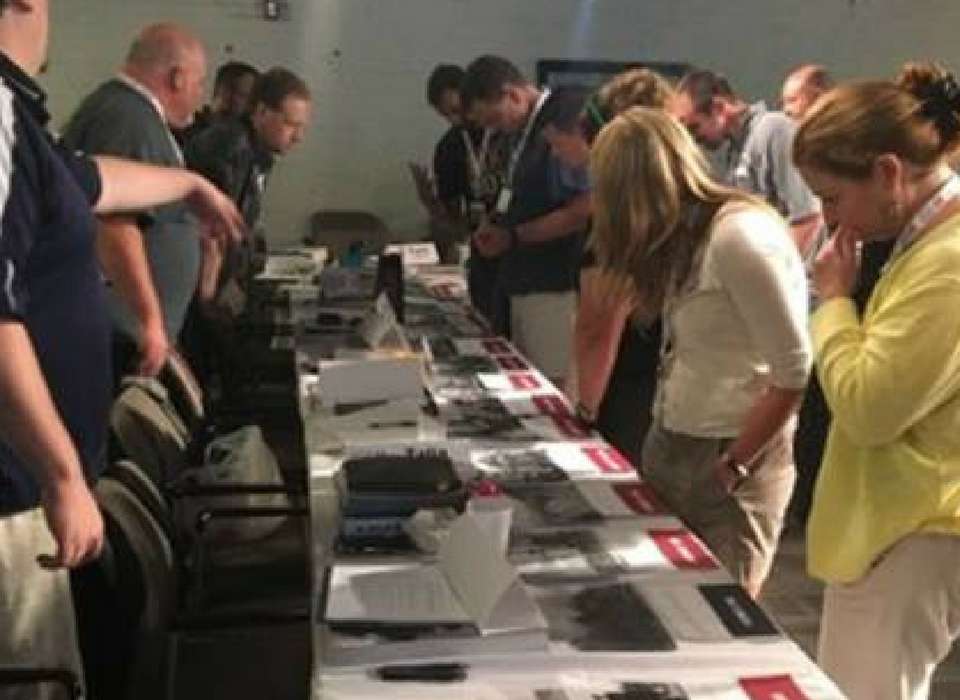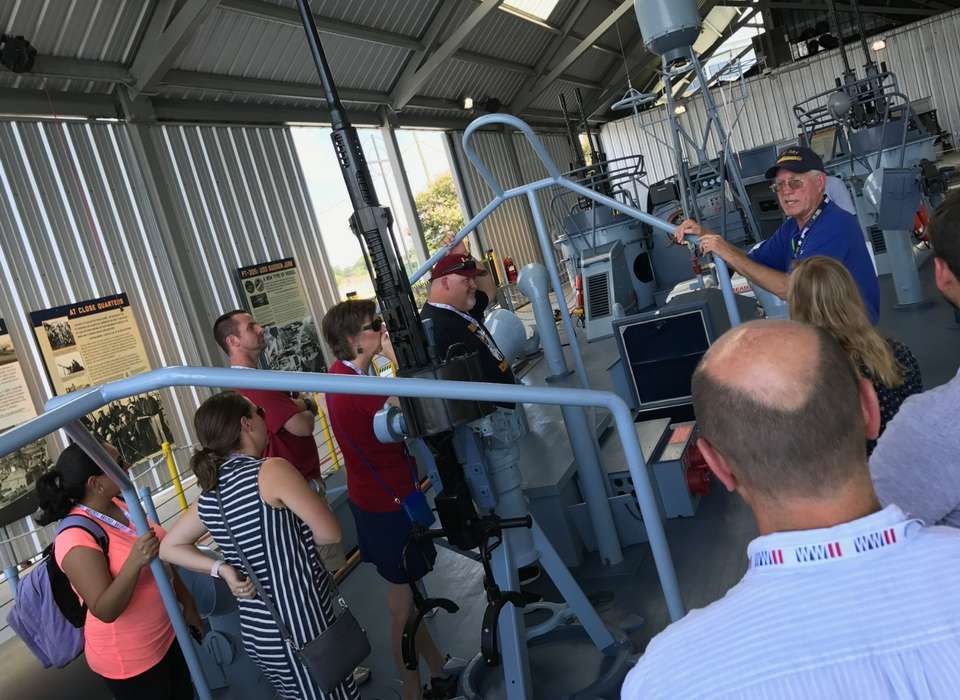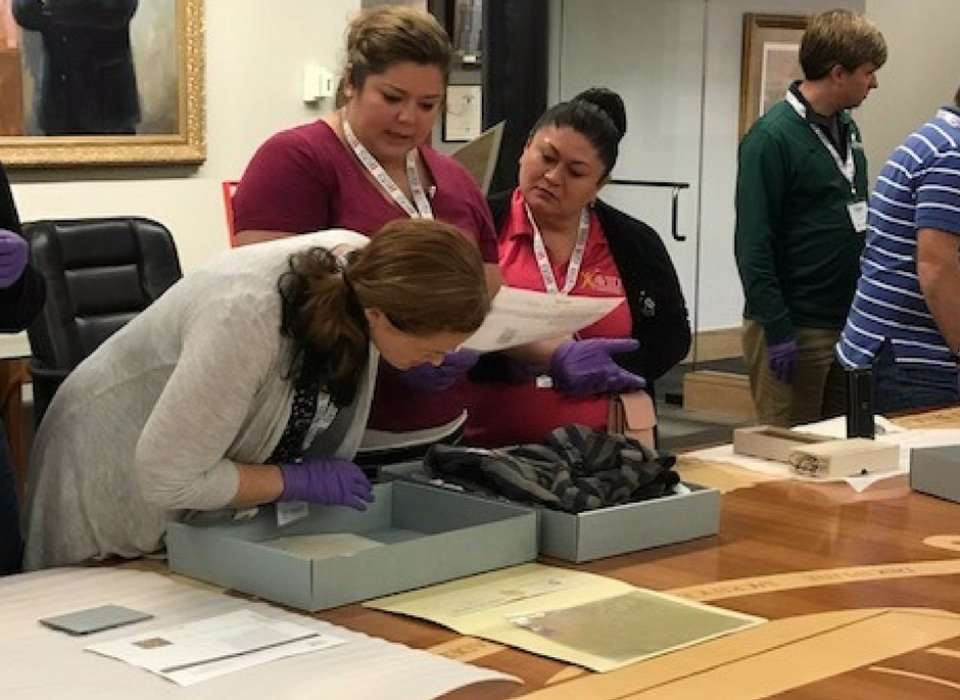Members of the second cohort of the Museum’s WWII Summer Teacher Institute—30 middle school and high school educators—have arrived in New Orleans to study the war in Europe with historian Donald L. Miller, PhD. Each teacher is provided a Museum-created curriculum guide in exchange for a commitment to share its content and the lessons they’d learned with other teachers in their hometown. So far, those lessons have been shared with more than 1,000 teachers by members of the Institute’s inaugural class—Team Pacific, studying World War II in the Pacific with author Richard B. Frank—who recently returned from Hawaii where they completed their year of participation in the program. Team Europe will reconvene next summer for a week of study in Normandy, France.
Members of Team Europe are filing daily dispatches about their experiences at the Institute. Here’s a Day Four report from Pren Woods, a middle school teacher from Summerville, South Carolina.
Day Four has been a time of rich discourse for us as we considered ways to approach the “dark” aspects of World War II. There was no shortage of topics—the Rape of Nanking, use of atomic bombs, the mistreatment of African Americans and Japanese Americans, and the Holocaust, for example. Later, we had an extended conversation about how we would teach the brutality of the D-Day invasion.
Despite community pressures and concerns about students’ emotional intelligence, we know that we have to be relentless in pursuing sensitive topics. The value of these pursuits for our students is immeasurable. Our commitment to including those topics allows us to provide the “whole” story for our students. That fuller picture of World War II (or any topic, for that matter) will give our students the opportunity to generate provocative questions and appreciate multiple perspectives. These stories of history also will provide students with opportunities to see human resilience, to learn the power of forgiveness, and to develop empathy.
The day ended with a wonderful teaching activity—creating a photo-story time line. We had so much “fun chaos” and are so eager to use that strategy in our classrooms.
Visit ww2classroom.org to see WWII Summer Teacher Institute curriculum guide content.



